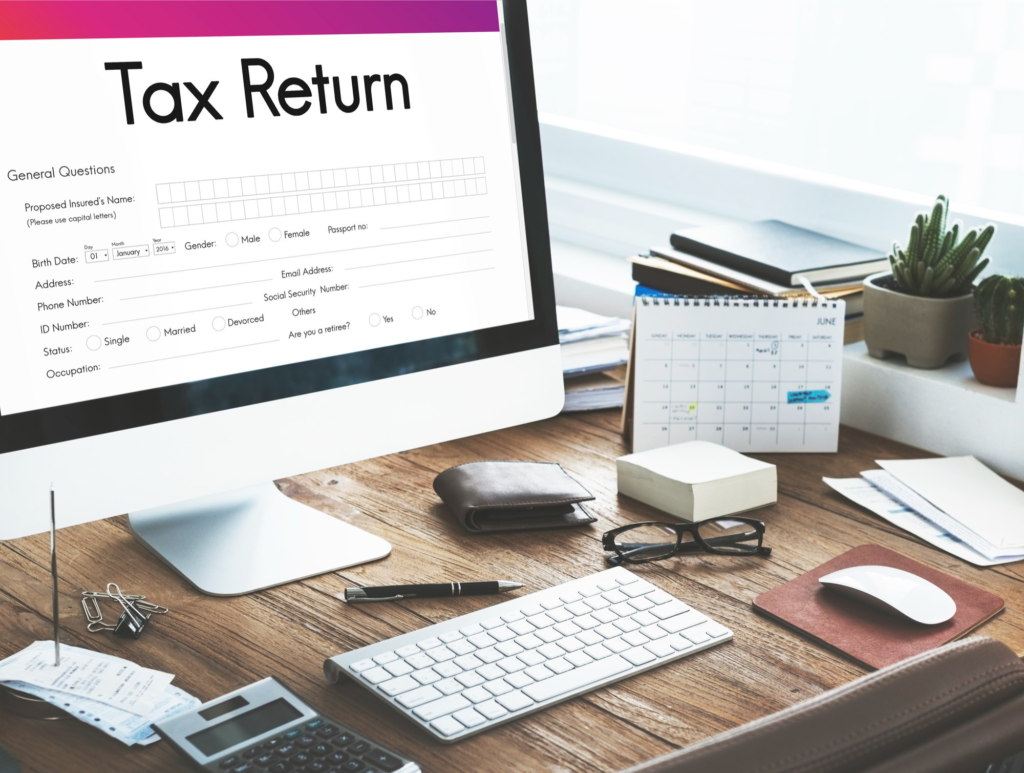Are you confused about the process of filing GSTR 9? Don’t worry—it can be a complicated task, but it doesn’t have to be. With this comprehensive guide, you’ll understand how to complete and file GSTR 9 in no time!
List of Contents
Preparing GSTR 9
Compile Your Financial Records and Inventory
The first step to preparing GSTR 9 is collating all of your financial records and inventory. Make sure to include records from the previous financial year so you can compare them to the current period. Additionally, it’s important to compile a list of all inventory purchased and sold during the year for accurate reporting. Be sure to cross-reference all invoices, returns, self-issued documents, debit/credit notes, and more in order to build an accurate depiction of your business transactions throughout the previous year.
Verify Data Quality and Tally Receivables
After collating all of your financial records, verify the data quality and match invoices against tally receivables. This is important for ensuring that the information being reported in GSTR 9 is accurate and up-to-date. Check for possible overlaps between debit notes and credit notes, as well as any discrepancies between invoices issued and those received by customers. Once the verification process is complete, you’re ready to move onto preparing GSTR 9.
Generate the GSTR 9 Compilation Sheet
The next step is to generate the GSTR 9 compilation sheet, which includes details of all your outward supplies and those of your branches, in the form of an excel sheet. This step involves downloading data from GSTR 1, GSTR 2A and GSTR 3B. Compile them into the excel compilation sheet, transform these figures into a more easily readable format and make sure that the total turnover appearing in Sheet1 matches with the figures reported against each head in Items 5 & 6. Once this has been done crosscheck for accuracy and review for any discrepancies or errors before filing.
Record GST Paid on Inputs and Claims
Once you have the GSTR 9 compilation sheet ready, you need to move on to record GST paid on inputs and claims made for input tax credit. This step includes entering details of all your purchases, including the name of your suppliers and the amount of GST you have paid for the purchase in Section 7A which records details from GSTR 2A. Make sure to thoroughly cross-check these figures with your books so that they are correct and accurate. Furthermore, make sure that you also ITC claims against each head in items 5 & 6 match up with the data reported in Section 7B. Once this is done review all the entries carefully to ensure there are no discrepancies before filing your GSTR 9 return.
Prepare the GSTR 9 Declaration Form
Once you have thoroughly reviewed all the data, it’s time to prepare the GSTR 9 declaration form – Section 16 of the return form. This is where you sign and submit your GST annual return. Go through each point in the section carefully, ensuring that all the details are accurate before you sign, with both the name & Permanent Account Number (PAN) correctly entered. Additionally, while completing this section make sure to select “Yes” under Point 1A if you have claimed an ITC reversal during the year else choose “No” if no such transactions have taken place. Finally, once everything has been reviewed and signed off correctly click on proceed for E-pay or file if there is no balance amount due – and that’s it!

Coclusion
It is important to properly prepare and file GSTR-9, as it is a key part of the GST compliance process in India. By following the steps outlined above and ensuring that all the necessary information is included in the form, you can ensure that your GSTR-9 is complete and accurate, which will help to avoid any issues or penalties. It is also a good idea to keep detailed records of your GST transactions and returns throughout the year, as this will make it easier to prepare GSTR-9 and ensure that it is filed correctly.
Faq
Here are some common questions about GSTR-9:
- Who is required to file GSTR-9? All registered taxpayers under the GST regime in India are required to file GSTR-9, regardless of whether they are required to file monthly or quarterly GST returns.
- When is GSTR-9 due? GSTR-9 is typically due by the 31st of December of the following financial year. For example, GSTR-9 for the financial year 2021-2022 is due by 31st December 2022.
- Can GSTR-9 be revised? Yes, GSTR-9 can be revised if you discover any errors or discrepancies after you have filed it. You can revise GSTR-9 through the GST portal by submitting a revised form before the due date.
- What happens if I don’t file GSTR-9 on time? If you fail to file GSTR-9 on time, you may be subject to late fees and other penalties. It is important to file GSTR-9 on time to avoid any issues and ensure that you are in compliance with GST regulations.
- Is it possible to file GSTR-9 manually? No, GSTR-9 must be filed online through the GST portal. You will need to have a digital signature to file the form online.
Follow us on Google News.
